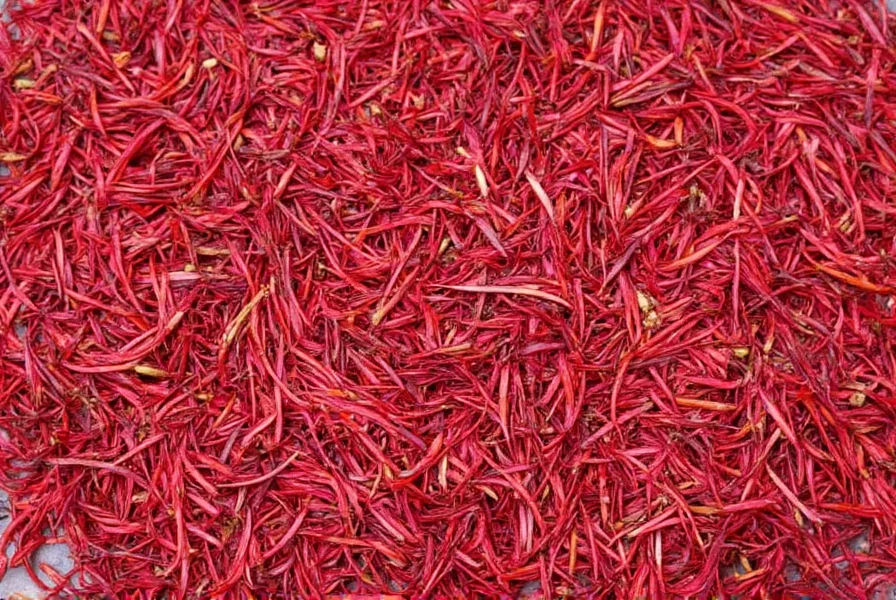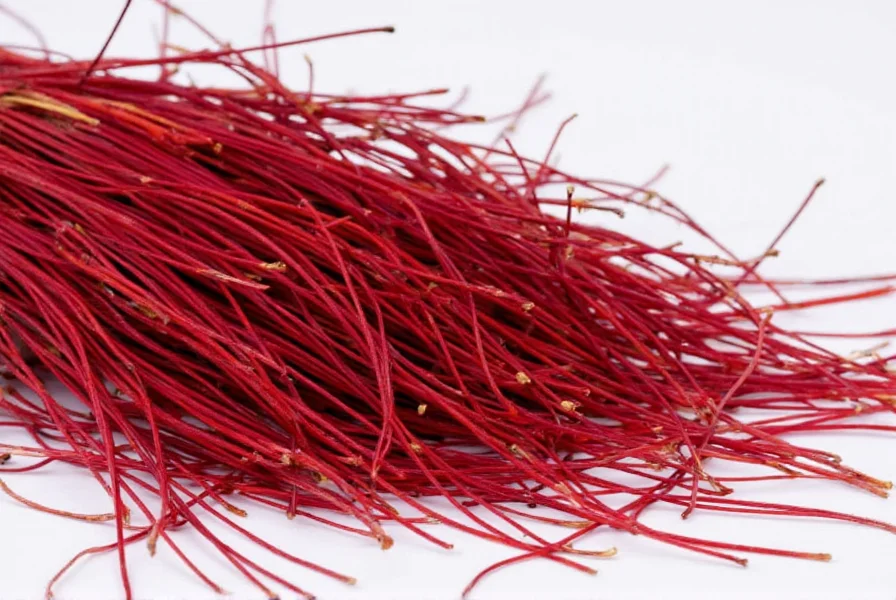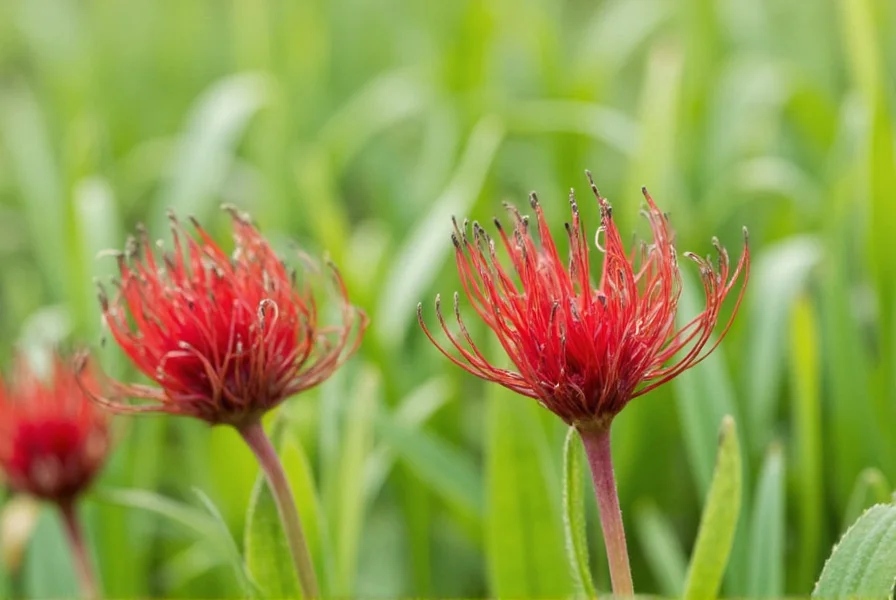Saffron, derived from the dried stigmas of Crocus sativus, represents one of agriculture's most labor-intensive and valuable crops. Understanding the complete saffron cultivation process is essential for anyone considering this specialized farming endeavor. This comprehensive guide details every aspect of growing saffron, from selecting quality corms to harvesting and processing the precious threads.
The Botanical Foundation of Saffron Production
Saffron comes exclusively from Crocus sativus, a sterile triploid species that cannot reproduce through seeds and must be propagated through corms. These underground storage organs resemble small bulbs and serve as the foundation for saffron cultivation. Unlike many crops, saffron crocus produces its flowers in autumn rather than spring, with blossoms appearing approximately six to ten weeks after planting the corms.
| Key Saffron Cultivation Metrics | Details |
|---|---|
| Flowers per kilogram of dried saffron | 120,000-150,000 |
| Stigmas per flower | 3 |
| Corms per square meter | 50-100 |
| Typical yield per square meter | 0.5-1.5 grams dried saffron |
| Time to first harvest | 1 year after planting |
| Peak production year | 3-4 years after planting |
Essential Climate Requirements for Saffron Cultivation
Successful saffron farming depends heavily on specific climate conditions that mimic its native Mediterranean and Central Asian habitats. The ideal saffron cultivation climate features distinct seasonal patterns:
- Summer dormancy period: Hot, dry summers (30-35°C/86-95°F) with minimal rainfall allow corms to mature properly
- Autumn flowering: Cool temperatures (15-20°C/59-68°F) with moderate rainfall trigger flowering
- Winter chilling: Cold periods (down to -15°C/5°F) are necessary for proper corm development
- Spring growth period: Moderate temperatures support leaf development and photosynthesis
Regions with monsoon climates or consistently high humidity typically struggle with saffron cultivation due to increased disease pressure and improper dormancy cycles. The world's leading saffron producers—Iran, India (Kashmir), Spain, and Greece—all share Mediterranean or semi-arid climate patterns ideal for Crocus sativus.

Soil Preparation and Planting Techniques
The foundation of successful saffron cultivation begins with proper soil preparation. Saffron crocus thrives in:
- Well-drained soils: Heavy clay soils should be amended with sand or gravel to prevent waterlogging
- pH level: Slightly alkaline conditions (pH 6.0-8.0) work best for saffron cultivation
- Organic matter: Moderate levels (2-5%) improve soil structure without encouraging excessive vegetative growth
Planting typically occurs in late summer (July-August in the Northern Hemisphere). Professional saffron cultivation practices recommend:
- Planting depth of 15-20 cm (6-8 inches) for optimal temperature regulation
- Spacing of 10-15 cm (4-6 inches) between corms
- Density of 50-100 corms per square meter depending on corm size
- Using only disease-free corms of 8-10 cm circumference for commercial production
The Critical Saffron Harvesting Process
Harvesting represents the most labor-intensive and time-sensitive phase of saffron cultivation. The entire process must be completed within a narrow window:
- Timing: Flowers bloom for only 1-2 weeks in autumn, typically between October and November
- Daily schedule: Flowers must be picked early in the morning before they fully open
- Harvest duration: Each flower remains viable for picking for just 2-3 hours after opening
- Processing urgency: Stigmas must be removed within hours of picking to preserve quality
The meticulous nature of saffron harvesting explains its extraordinary value. Each flower produces only three delicate red stigmas, which must be carefully hand-picked and separated from the purple petals. This labor-intensive process requires approximately 40 hours of work to produce just one ounce of dried saffron.
Drying and Processing Best Practices
Proper drying determines the final quality and market value of saffron. Traditional saffron cultivation methods use several techniques:
- Air drying: Spreading stigmas on fine mesh screens in well-ventilated, dark rooms
- Low-temperature oven drying: Using temperatures below 40°C (104°F) to preserve volatile compounds
- Traditional methods: Some regions use charcoal heaters or specialized drying rooms
The drying process reduces saffron's moisture content from approximately 80% to 10-12%, concentrating its flavor compounds and preserving it for storage. Properly dried saffron should be stored in airtight containers away from light and moisture to maintain its quality for up to two years.

Economic Considerations in Commercial Saffron Farming
While saffron cultivation offers potentially high returns, growers must understand the significant investment required:
- Initial investment: Quality corms represent 30-40% of startup costs for new saffron farms
- Production timeline: First harvest occurs in year one but is minimal; commercial yields begin in year three
- Labor requirements: Approximately 380-480 hours of labor per kilogram of dried saffron
- Yield expectations: 0.5-1.5 grams per square meter in established fields (years 3-4)
Successful saffron cultivation operations focus on quality rather than quantity, as premium-grade saffron commands significantly higher prices in international markets. Growers who implement proper post-harvest handling and storage techniques can achieve better returns by maintaining the spice's vibrant color, distinctive aroma, and potent flavor.
Common Challenges in Saffron Cultivation
Aspiring saffron growers should anticipate several challenges inherent to this specialized crop:
- Disease management: Corm rot (Fusarium) and violet root rot require careful monitoring
- Pest control: Aphids, rodents, and birds can damage flowers and corms
- Climate vulnerability: Unseasonal rains during flowering can ruin an entire harvest
- Labor availability: Finding sufficient skilled workers for the short harvest window
- Market fluctuations: Price volatility requires careful business planning
Experienced saffron cultivators mitigate these risks through crop rotation, proper field drainage, strategic planting schedules, and developing direct market relationships. Understanding regional microclimates and selecting appropriate planting sites significantly improves success rates in saffron farming.
Sustainable Practices for Modern Saffron Cultivation
As consumer demand for ethically produced spices grows, sustainable saffron cultivation practices are becoming increasingly important:
- Water conservation: Drip irrigation systems reduce water usage during critical growth periods
- Organic methods: Natural pest control and organic soil amendments improve long-term soil health
- Energy efficiency: Solar-powered drying systems reduce processing costs
- Community development: Fair labor practices and worker training programs support rural economies
These sustainable approaches not only benefit the environment but often result in higher-quality saffron with better marketability. Modern saffron cultivation increasingly incorporates precision agriculture techniques while maintaining the traditional hand-harvesting methods essential to quality.
Getting Started with Small-Scale Saffron Cultivation
For hobbyists or small-scale growers interested in saffron cultivation, starting small provides valuable experience:
- Begin with 50-100 high-quality corms to test local growing conditions
- Select a sunny, well-drained location with protection from strong winds
- Keep detailed records of planting dates, weather conditions, and harvest yields
- Focus on proper drying techniques to maximize quality from limited harvests
- Join saffron grower networks to learn from experienced cultivators
Small-scale saffron cultivation offers a rewarding introduction to this ancient crop, with even modest harvests providing enough saffron for personal use and small gifts. The knowledge gained from initial plantings proves invaluable for those considering commercial expansion.
Conclusion: The Future of Saffron Cultivation
Saffron cultivation remains both an art and a science, requiring patience, attention to detail, and respect for traditional methods. As global interest in high-quality, ethically produced spices continues to grow, opportunities for skilled saffron growers expand. By understanding the complete saffron cultivation process—from selecting quality corms to proper harvesting and processing—growers can participate in producing the world's most precious spice while preserving centuries of agricultural tradition.
Frequently Asked Questions About Saffron Cultivation
How long does it take to establish a productive saffron farm?
Saffron corms produce a small harvest in their first year, but it takes 3-4 years to reach full production capacity. During the first two years, the corms multiply underground while producing limited flowers. By the third year, established saffron fields typically yield 0.5-1.5 grams of dried saffron per square meter, with peak production occurring in year four and beyond.
Can saffron be grown outside traditional production regions?
Yes, saffron can be cultivated in non-traditional regions with careful site selection and management. Successful saffron cultivation has been documented in parts of the United States (California, Pennsylvania), Canada, New Zealand, and the UK. The key factors are providing proper summer dormancy conditions, ensuring excellent drainage, and protecting plants from excessive moisture during flowering.
What makes saffron so expensive compared to other spices?
Saffron's high price stems from its extremely labor-intensive harvesting process. Each crocus flower produces only three stigmas, which must be carefully hand-picked early in the morning. It takes approximately 150,000 flowers to produce one kilogram of dried saffron, requiring 380-480 hours of labor. This intensive manual process, combined with the limited flowering season of just 2-3 weeks annually, creates saffron's exceptional value.
How can I verify the quality of saffron I've cultivated?
Quality assessment involves evaluating color, aroma, and taste. High-quality saffron displays intense red color with minimal yellow styles attached, releases a distinctive honey-like aroma when rubbed between fingers, and produces a rich golden-yellow color when steeped in warm water. Professional growers often use ISO 3632 standards, which measure crocin (coloring strength), picrocrocin (bitterness), and safranal (aroma) content to determine commercial grade.
What are the most common mistakes beginners make in saffron cultivation?
Common beginner errors include planting corms too shallow (less than 15cm), using poor-quality corms, planting in poorly drained soil, harvesting flowers too late in the day, and improper drying techniques. Many new growers also underestimate the labor requirements for harvesting and processing, leading to quality issues when flowers aren't processed promptly. Starting with a small test plot helps identify and correct these issues before scaling up.











 浙公网安备
33010002000092号
浙公网安备
33010002000092号 浙B2-20120091-4
浙B2-20120091-4